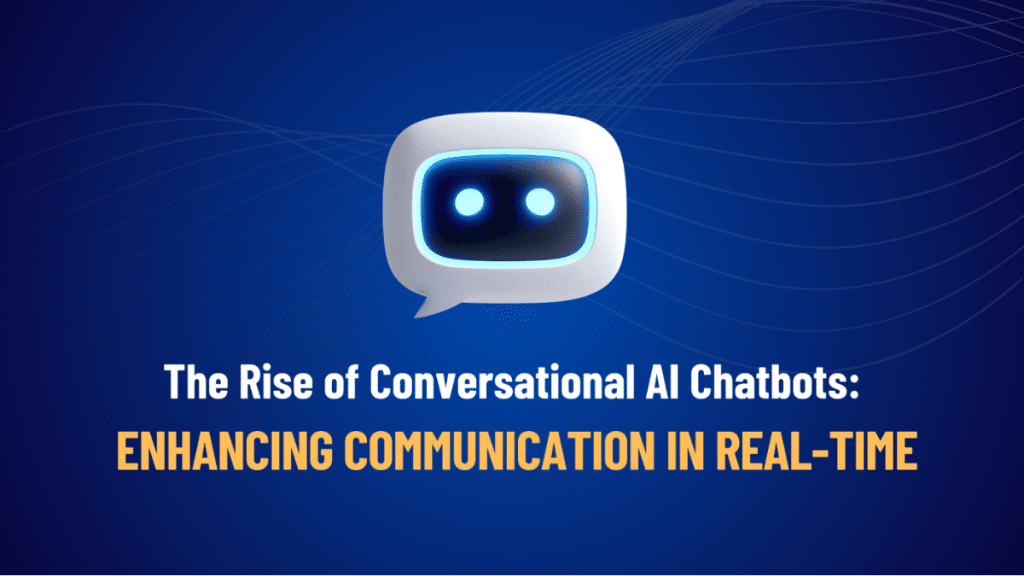Think back just a few years. You land on a website, have a question, and what happens? Either you’re stuck filling out a long contact form or waiting forever on a phone line. That was the “normal” way to get answers. Fast forward to now, and it feels totally different. A conversational AI chatbot is right there on the page. You ask, it replies. Feels almost like texting a person.
These bots have gotten smart. An AI assistant chatbot isn’t like those old-school “if you type X, I reply Y” systems. They can figure out intent, context, even slang. So when someone says “Hey, I can’t log in, what’s up?” the chatbot doesn’t spit out a generic “please reset password” — it guides you through the exact steps. That’s why more companies are dropping an AI chatbot assistant onto their sites. It makes customers happy because they don’t feel like they’re yelling into the void.
Real-World Examples You’ve Probably Seen
Retail is a big one. Walmart has been testing AI powered chatbots to help customers with shopping online and in-store. You can ask about product availability, get recommendations, or even track an order—all without waiting on hold.
Even airlines jumped in. KLM’s conversational AI chatbot, BlueBot (BB), for example, sends boarding passes, flight updates, and baggage details directly in chat apps. Less stress for travelers and fewer calls for the airline.
More Than Just Customer Support
That’s the thing—these bots aren’t stuck in “support only” roles anymore. AI powered chatbots can do sales, booking, onboarding, even HR stuff. A hotel chatbot can confirm your reservation, upsell you on a spa package, and then text you directions from the airport—all without you picking up the phone. It’s not just reactive, it’s proactive.
And the 24/7 thing is huge. People expect instant answers. Nobody wants to wait until “office hours” anymore. An AI chatbot assistant fills that gap.
Humans Still Matter (A Lot)
There’s always a fear that chatbots replace jobs. But in practice, they do the opposite. A conversational AI chatbot deals with the repetitive “what’s your return policy?” type questions. That clears the way for human teams to handle complex or emotional stuff—like an upset customer with a billing error, or a patient nervous about test results. Bots can’t do empathy the same way humans can, and customers know that.
So instead of choosing between bots or people, the winning approach is both.
Why It’s Exploding Right Now
Two big reasons:
- Tech finally caught up. Natural language processing and machine learning make bots sound more natural.
- Customer patience is dropping. If you don’t answer within minutes, people bounce. That pressure is real.
For a small business, hiring a round-the-clock support team isn’t realistic. But spinning up an AI assistant chatbot is affordable and scalable. It’s one of those rare “better for customers, cheaper for businesses” situations.
What’s Coming Next
The next wave is personalization. Imagine logging into a bank site and asking, “Did my paycheck clear yet?” and the conversational AI chatbot replies with your exact balance. Or a student chatting with a university bot that knows their class schedule and deadlines. We’re already seeing early versions of this.
Bottom line: Conversational AI isn’t a fad—it’s the new normal for digital communication. Whether it’s a retailer helping pick clothes, a hospital streamlining patient check-in, or an airline keeping travelers updated, solutions powered by platforms like QuickBlox are becoming the first point of contact. Done right, this approach doesn’t replace people—it makes communication faster, smoother, and more real-time than ever before.

